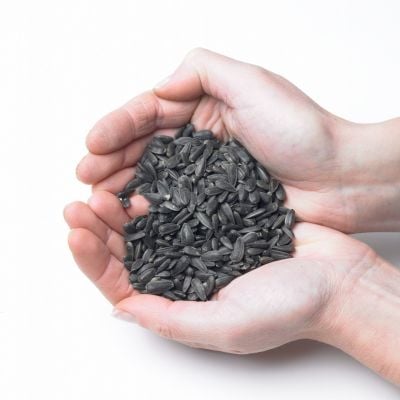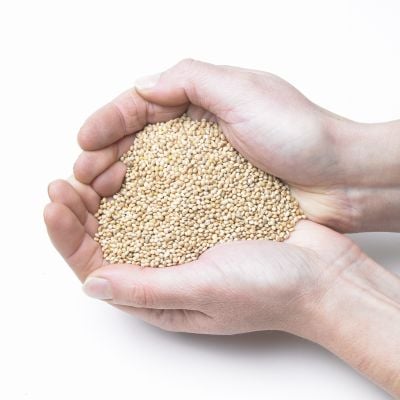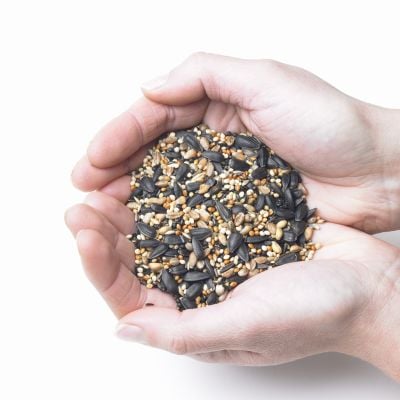Reed Bunting Factfile
During the breeding season the male Reed Bunting is a striking and unmistakable bird with its black head, white collar and white moustachial stripe. Female birds and winter males have streaked heads and are less easy to identify. About the size of a House Sparrow, the historic habitat of the Reed Bunting was, as the name suggests, in reed beds and other wetland habitats. However, it is now found in a much wider variety of habitats and including conifer plantations and fields of oil seed rape. Locally, the species can be a regular visitor to garden feeding stations especially in the winter months.
Video footage of Reed Buntings
Reed Bunting nesting and breeding habits
The cup nest is usually built on the ground or just above it in a tuft of vegetation or bush, and consists of grass, plant stems, moss and leaves, then lined with fine grass and often flower heads. The female bird builds the nest. There are two broods per season, sometimes even three, with 5-6 eggs which the female incubates though sometimes with help from the male. Both male and female birds feed the young.
Reed Bunting history and population trends
The population trend has been one of fluctuation across the last four decades or so, with a rapid increase up to the early 1970s, then a rapid decrease followed by smaller ups and downs since the mid-1980s. The current position is reasonable with the species having moved to amber status from red. This position is also linked to the trend of breeding in extended habitat, with fields of oil seed rape seeing four times the density of the birds compared to other arable crops or even set-aside land.
Behaviour traits of Reed Buntings
Although none of its behavioural traits are hugely notable, the Reed Bunting can be absorbing to watch in areas of reed bed and scrub, as it perches freely and effortlessly wherever it chooses and in search of food. Outside of the breeding season it often forms large flocks which may include other species of bunting and finch.
Reed Bunting diet and food
Seeds form much of the diet and including from plants in marshes and weeds in lowland areas, plus in the breeding season insects and their larvae, plus small snails and other invertebrates. In the garden and in the autumn and winter months, Reed Buntings will eat any of the straight seeds such as black sunflower or white millet, or mixes such as our Finch Mix bird seed. They will come onto hanging seed feeders, but are probably happier feeding on a ground tray or table.
What should I feed Reed Buntings?
We recommend the following products to help the possibility of attracting Reed Buntings to your garden.
Bird Food
Frequently Asked Questions
Are Reed buntings rare in UK?
Reed bunting aren’t a rare species in the UK overall, but they’re certainly not common in some areas where there isn’t suitable habitat for them.
Do Reed bunting migrate?
The Reed buntings that breed in the UK are resident and do not migrate, though some Reed buntings that breed in Scandinavia come to the UK as a winter migrant.
What is the best bird feeder for buntings?
A normal hanging tube feeder for seeds or a ground tray or bird table will be used by Reed buntings.
What's the difference between buntings and finches?
Although quite similar at a glance, buntings are different to finches because the bill structure is not the same, plus buntings have slightly longer bodies, a slightly flatter head, and typically have white outer tail feathers – with the tail anyway being longer than in finches.
Do reed buntings flock together?
Yes, Reed buntings often flock together and especially during the winter months. Reed buntings will also join mixed flocks of other species of bunting and finch.








